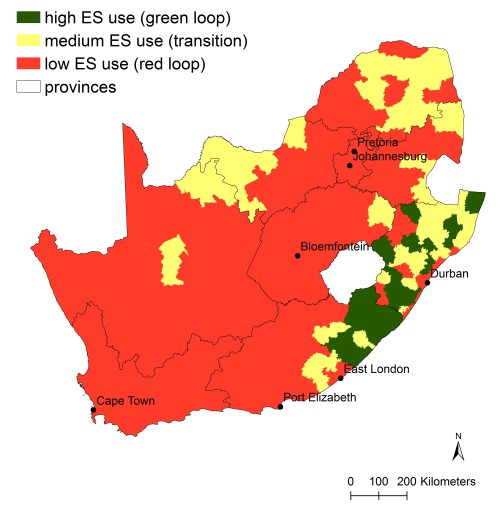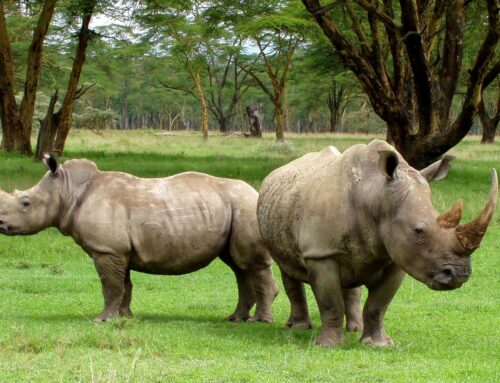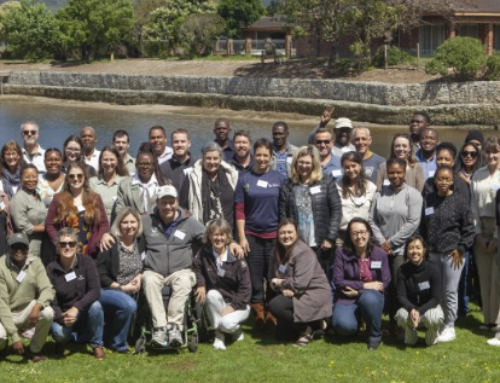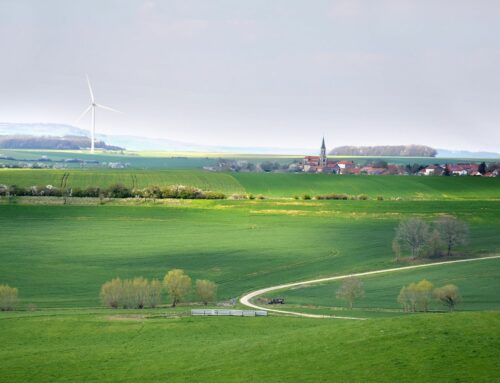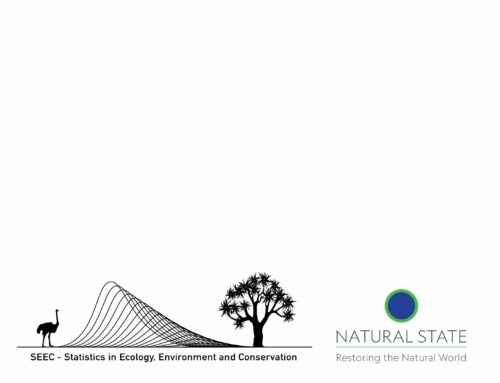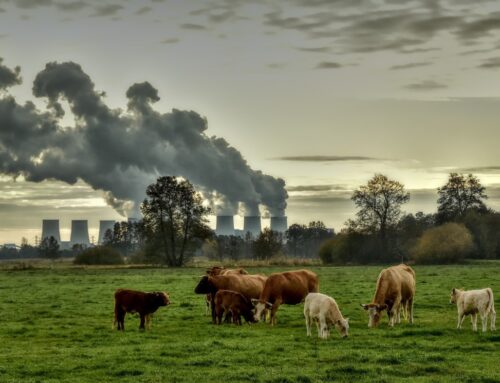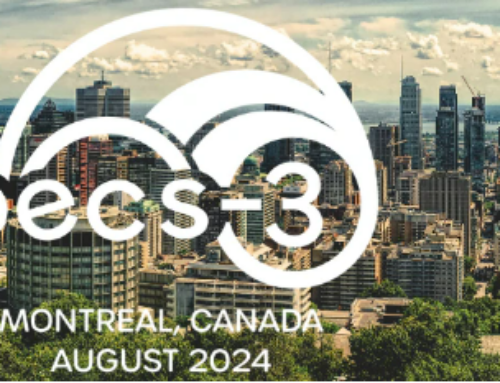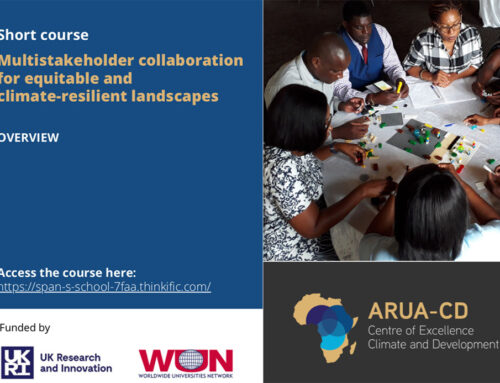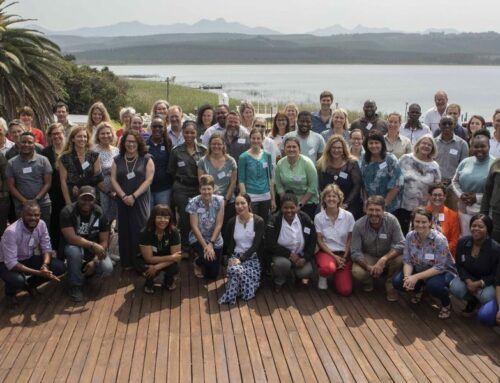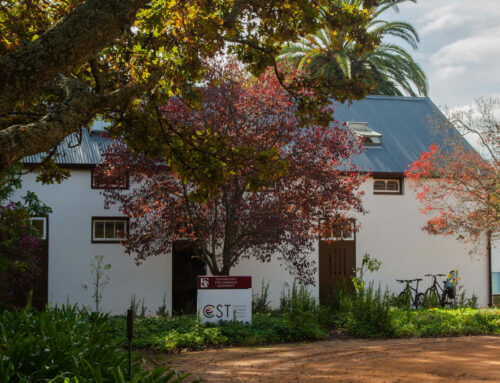SAPECS researchers Maike Hamann, Oonsie Biggs and Belinda Reyers recently released a study on identifying social-ecological systems based on the level of ecosystem service use among households. The paper, published open-access in the journal Global Environmental Change, explores the relationship between people and nature within so-called ‘green-loop’ and ‘red-loop’ systems in South Africa.
The researchers used national census data to evaluate the direct use of six ecosystem services: animal production such as livestock and poultry, crop production, use of freshwater from a natural source, use of firewood for cooking, use of firewood for heating and use of natural building materials.
Based on this bundle of services, three system types were identified: A ‘green-loop’ system with a high level of direct use of local ecosystem services, a ‘red-loop’ system representing low use of these services, and a ‘transition’ system in between the two. Households in green-loop areas were characterised by lower average household income and population density, often headed by females or located in communal areas.
An understanding of the location and characteristics of these different social–ecological systems allows for policies to be better targeted at the particular sustainability challenges faced in different areas. Communities in green-loop systems are typically those with limited access to market economies but with strong ties to nature. Here, policy interventions may focus on supporting growth and access to markets to reduce vulnerability of people to environmental change.
As communities become richer and more urban, they tend to disconnect from the local environment they depend on and cover their needs by buying ecosystem services or substitutes thereof (for example, households may use electricity instead of firewood to cook). In these red-loop areas, the level of local ecosystem service use may be low, but total use of ecosystems services is high, since people secure their basic needs for food, water and other materials through markets supplied by distant ecosystems. Here, policies may rather focus on reconnecting people to their local environment and raising awareness about the impacts of environmental change.
For more information, download the paper here, or visit the Stockholm Resilience Centre’s summary of the study here.


